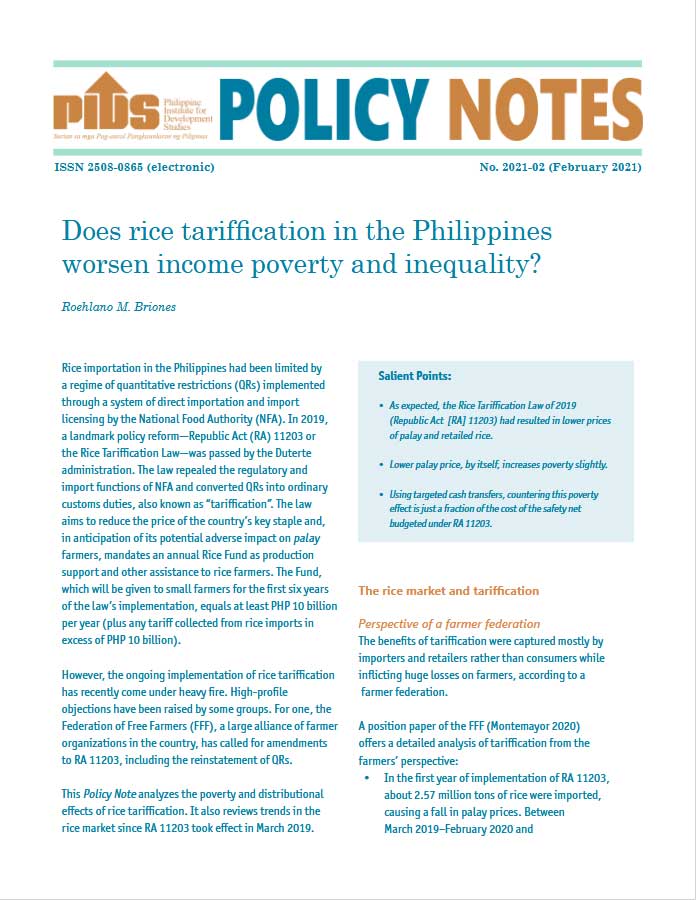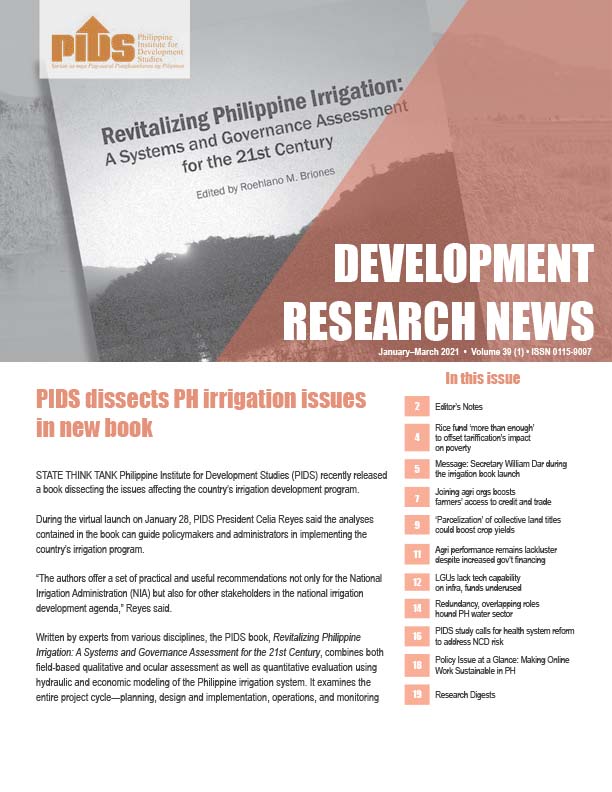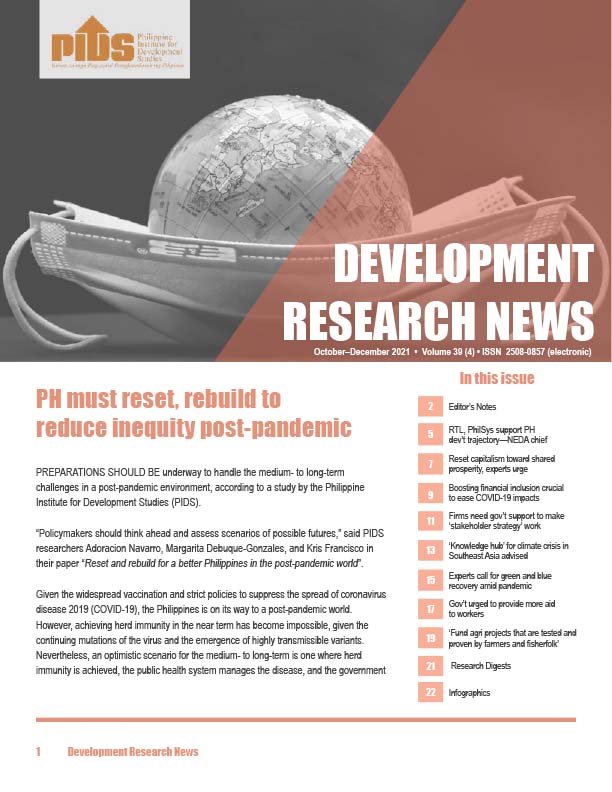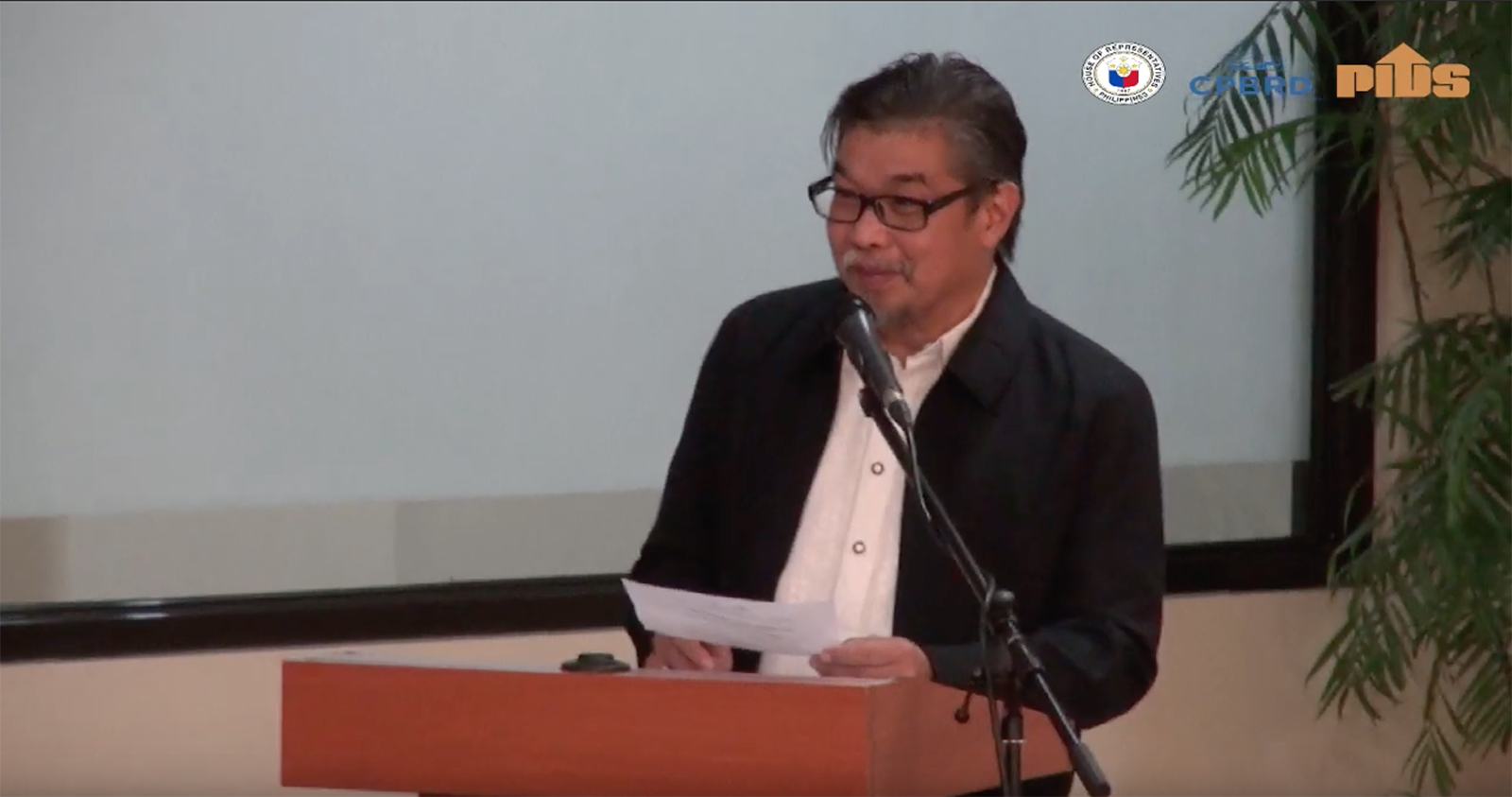Metro Manila (CNN Philippines, August 4) — Rice imports reached 1.457 million metric tons in the first seven months of the year, data from the Bureau of Plant Industry showed.
This is slightly lower than the 1.491 million MT reported in the same period last year, which includes those that arrived prior to the implementation of the Rice Tariffication Law in March.
For July alone, rice imports were at 61,175 MT, down 67 percent versus the same period last year.
Imports were from China, India, Myanmar, Pakistan, Taiwan, Thailand, and Vietnam. About 47,896 MT came from Thailand alone, BPI reported.
In 2019, total rice imports reached 2.9 million MT as the government removed relaxed restrictions on rice imports, while requiring a 35-percent tariff on Southeast Asian grain.
The country was also considered to be the world’s top rice importer, replacing China, last year.
Agriculture Secretary William Dar told CNN Philippines that for this year, “imports will still come but not as high as last year.” He added that they are expecting around 2 million MT of rice to come in, which is “more than enough.”
As for the coming months, Rolando Dy, executive director of the Center for Food and Agribusiness of the University of Asia and the Pacific, said “with expected good harvests, imports will be moderated.”
Philippine Institute for Development Studies Roehlano Briones also expects weaker imports even on lean months, which last from July to September, due to the high price in the world market and enough local supply due to subdued demand.
This is slightly lower than the 1.491 million MT reported in the same period last year, which includes those that arrived prior to the implementation of the Rice Tariffication Law in March.
For July alone, rice imports were at 61,175 MT, down 67 percent versus the same period last year.
Imports were from China, India, Myanmar, Pakistan, Taiwan, Thailand, and Vietnam. About 47,896 MT came from Thailand alone, BPI reported.
In 2019, total rice imports reached 2.9 million MT as the government removed relaxed restrictions on rice imports, while requiring a 35-percent tariff on Southeast Asian grain.
The country was also considered to be the world’s top rice importer, replacing China, last year.
Agriculture Secretary William Dar told CNN Philippines that for this year, “imports will still come but not as high as last year.” He added that they are expecting around 2 million MT of rice to come in, which is “more than enough.”
As for the coming months, Rolando Dy, executive director of the Center for Food and Agribusiness of the University of Asia and the Pacific, said “with expected good harvests, imports will be moderated.”
Philippine Institute for Development Studies Roehlano Briones also expects weaker imports even on lean months, which last from July to September, due to the high price in the world market and enough local supply due to subdued demand.










